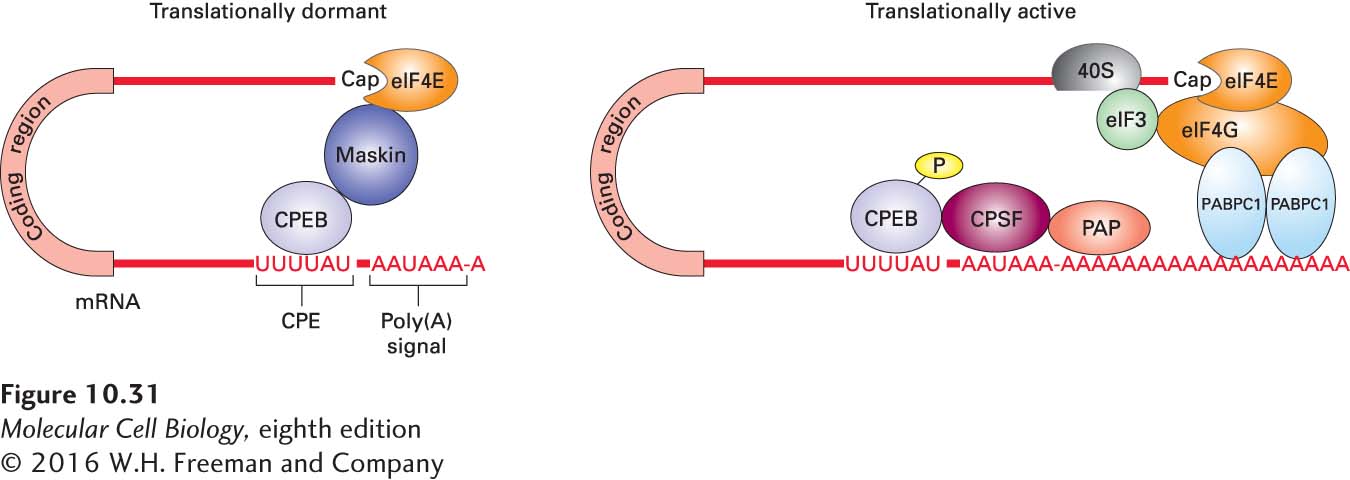
FIGURE 10- U- E-